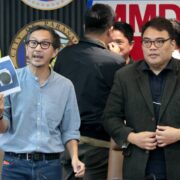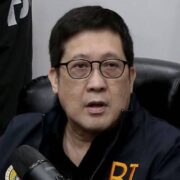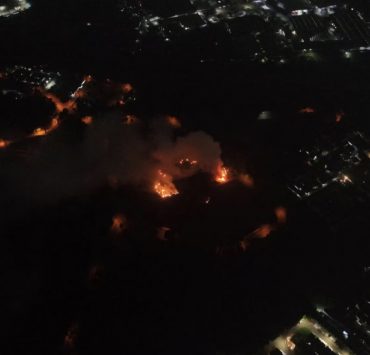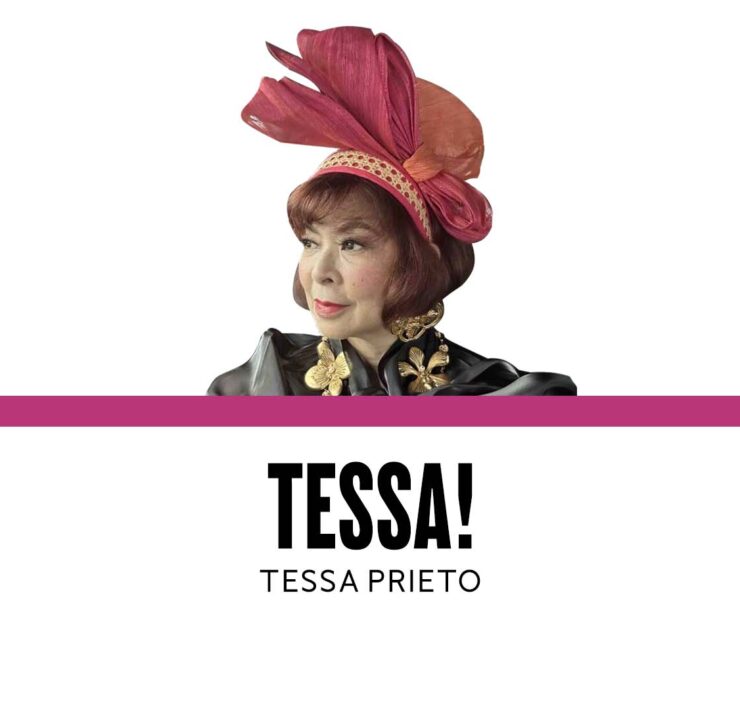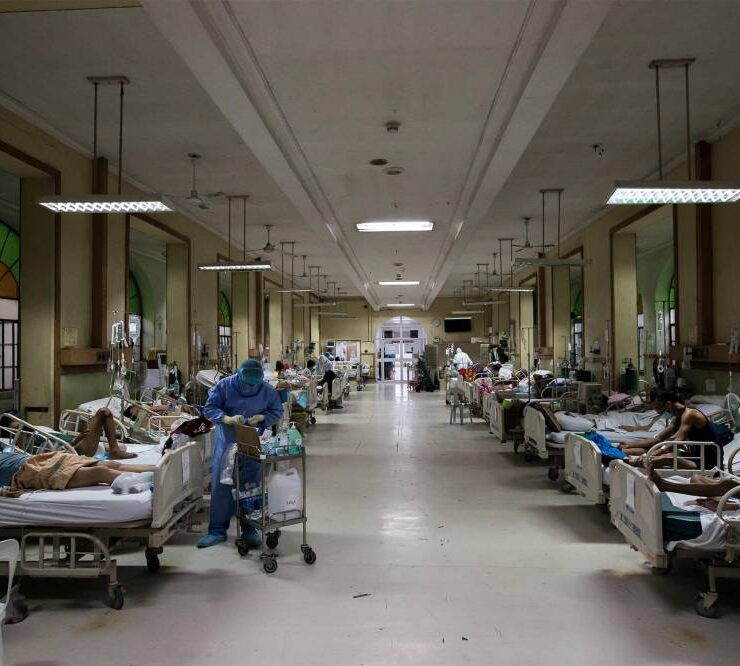‘Train to Busan’ director on the allegorical ‘Parasyte’ in chilling new series
Horror aficionados consistently crave the gut-punching adrenaline rush in scary films and TV productions. In Netflix’s six-part Korean series “Parasyte: The Grey,” which premieres on Friday, the requisite jump scares and slithering doom-and-gloom themes are delivered in chilling abundance.
The show expands Hitoshi Iwaaki’s original manga “Parasyte” and, as director Yeon Sang-woo’s so-called “Yeoniverse” (“Train to Busan,” “Hellbound,” “Peninsula”) is wont to do, turns the body snatchers genre on its head with a creepy tale that takes place in a world overrun by spore-like parasites that threaten the existence of humanity. They seize and take over human brains and organize themselves as they grow in power.
Hot on their heels are members of task force Team Grey, headed by vengeful Choi Jun-kyung (singer-actress Lee Jung-hyun of “Decision to Leave” and “Peninsula”), and detectives Chul-min (Kwon Hae-hyo) and Won-seok (Kim In-kwon) strategizing to stop the parasites in their tracks and smash them to smithereens.
But the authorities’ biggest “ally” could be Su-in (Jeon So-nee of “Encounter”), a grocery store clerk who grudgingly coexists with Heidi, the parasite who fails to complete the invasion and conversion process in her brain.
Helping Su-in deal with her dastardly predicament is Seol Kang-woo (Koo Kyo-hwan of “Escape from Mogadishu, “D.P.” and “Peninsula”), the lackey of a local gang who’s looking for his missing sister.
“My past works were all based on my own original scenarios, but this time ‘Parasyte: The Grey’ is based on—and an expansion of—an already existing original work and its universe,” explained director Yeon Sang-ho in the production notes.
When we spoke to Sang-ho last Tuesday, we asked him how he finds his inspiration for the fantasticating stories of his productions and what draws him to them.
“This is probably the case for all sci-fi horror genre content,” he told Inquirer Entertainment. “I believe they’re an allegory to our daily lives as human beings. Also, I use the genre to express the things that I think and feel in my actual daily life.
“I believe that through these genres, we are able to find answers, sometimes even clearer ones, to issues that hound our reality. And I think that’s also one of the reasons why so many viewers love the sci-fi horror genre.”
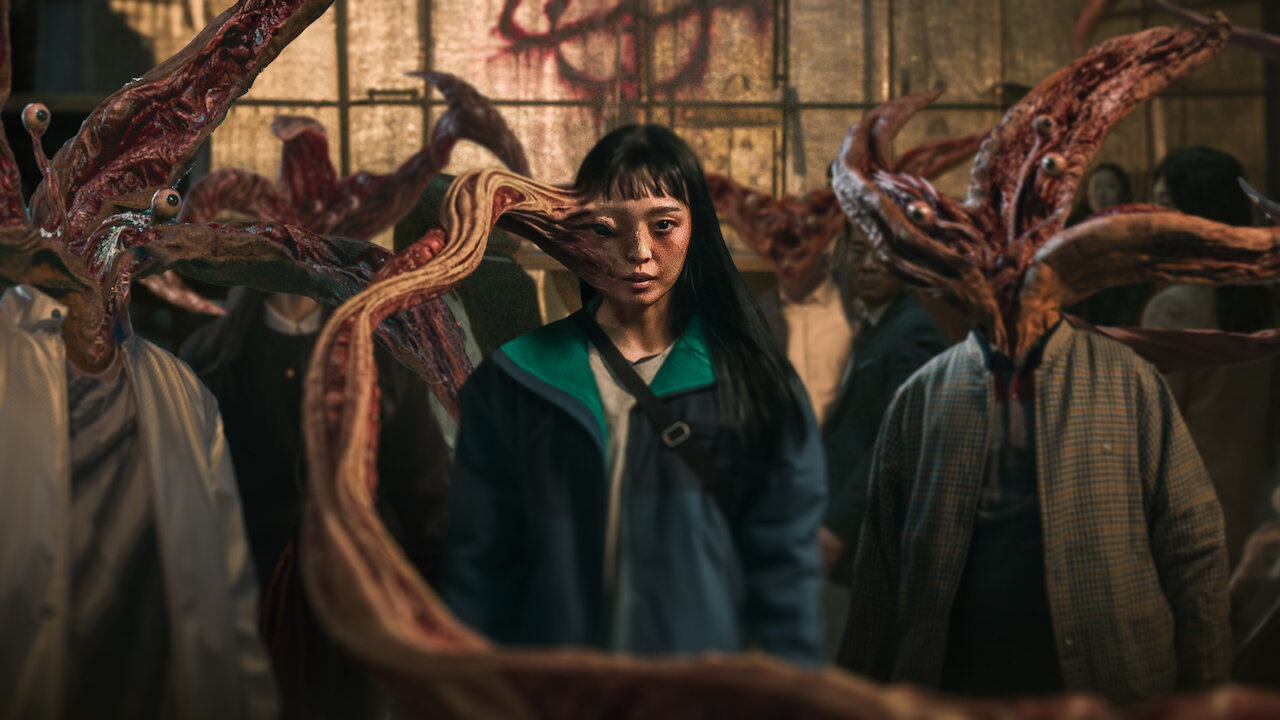
Intriguing storytelling
In a separate Q&A, the director also revealed that Iwaaki’s manga has been one of his perpetually growing filmography’s biggest influences.
“‘Parasyte,’ the manga, was like a textbook among students who loved comic books and animation in my 20s,” he stated. “I believe the reason behind its popularity is the intriguing storytelling itself. ‘Parasyte’ is perfect not only because of its great action scenes and impressive premise, but also because of the message it carries throughout.
“It has definitely been one of the biggest works to influence my filmography. Even as a reader, I wondered what it would be like if something like ‘Parasyte’ happened in Korea and other countries.
“Such imagination came to life when I discussed it with the production company, and brought it up with Kodansha, the publisher of the original work. Fortunately, Kodansha and Hitoshi Iwaaki had enjoyed my film ‘Train to Busan’—and that was how ‘Parasyte: The Grey’ came to being.”
A parallel reality
Noting how each actor’s portrayal of his or her character in the show helps make the whole concept cohesive, we asked the director which of the characters resonated with him the most.
“Among the characters, the one that intrigued me the most was Kyung-hee, the older sister of Kang-woo whose body was taken over by the parasite,” he shared. “In the series, she’s the one who goes through the most dramatic change and, in a way, she’s also probably the most human of them all!
“Because while she has become a parasitic being, this character is also able to feel a sense of betrayal or remorse … just like a human would. So among all the characters, this one’s probably the most relatable to me.”
While the characters and their humanizing motivations are often any production’s icing on the cake, Sang-ho is always driven by the challenge of creating a parallel reality that is as convincing as it is spectacular onscreen.
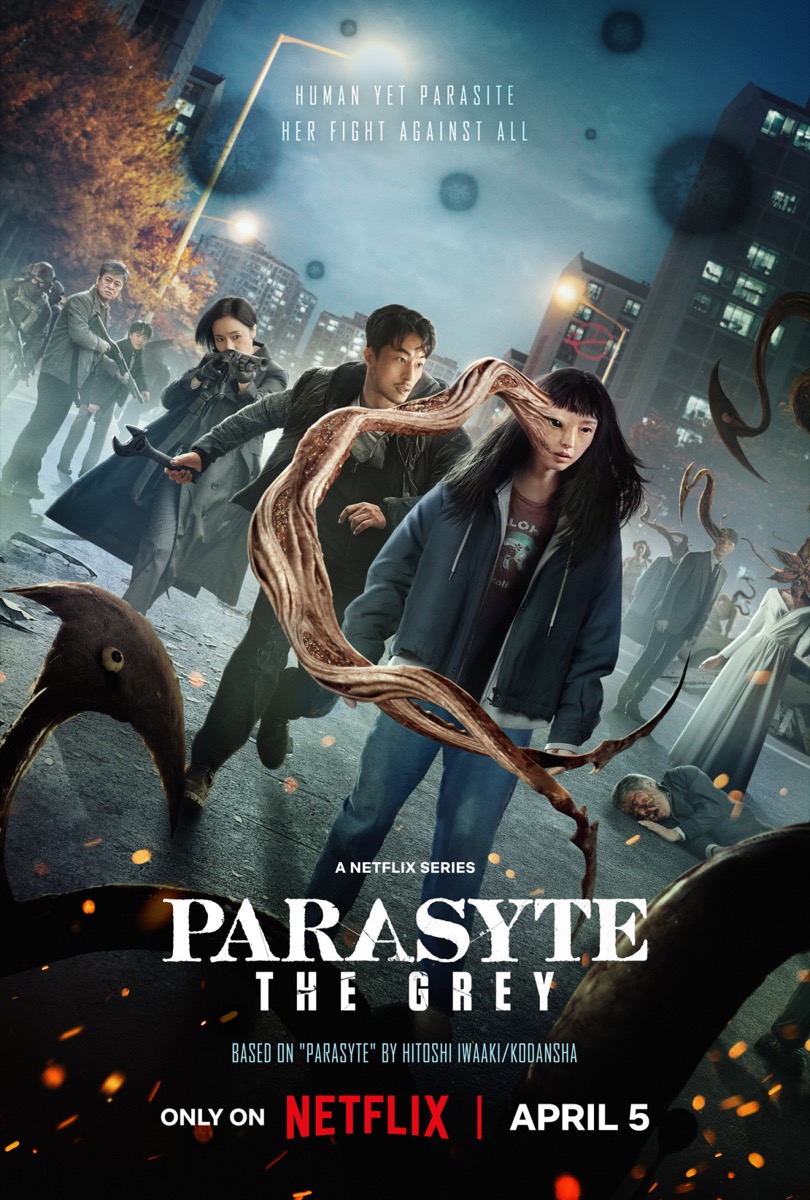
When we asked him what his favorite scene was, he singled out a prolonged action sequence that he deemed was very satisfying to pull off.
He recounted, “There’s an action scene in Episode 4 where you’ll see a war going on between the parasites versus Team Grey on top of a bridge. That was the most challenging to shoot! Firstly, because we weren’t able to shoot it physically on top of a real bridge, so we had to build a huge open set and shoot it there. Then, we added CGI afterwards.
“This particular scene has all the elements of [edge-of-your-seat] action that you can think of. There’s gunfight, there are cars colliding against one another, etcetera. It was a very long scene to shoot. On top of that, I said, ‘If we’re going to go all the way, let’s do it during the magic hour.’ So, even the sky had to be added in there through CGI. That part of the show has the concentration or combination of almost all of its VFX and the technology utilized throughout the series.”
Sang-ho reiterated that he’s always been a fan of the manga, so the opportunity to bring its story and characters to life brought him so much excitement.
“I have long been a fan of the original manga from when I was very young.” He explained. “At the time, I would often imagine about the universe and, since that story takes place in Japan, I always wondered what would it be like if this were to happen in Korea. So, when I was given the opportunity to turn this into a live-action series, I was very happy.
“Obviously, we know the iconic duo of Shinichi Izumi and Migi in the original manga and the theme of coexistence that the story explores. So I wanted to create characters that were as impactful as those two. The result of that were the characters of Su-in and Heidi.
Coexistence“‘Parasite: The Grey’ is a story about these two beings who are extremely different from one another. Su-in and Heidi have to come to terms with each other—they have to understand each other and learn to coexist.
“In the original manga, Shinichi and Migi are able to actually converse with each other directly, but I thought that it would be more dramatic and challenging if Su-in and Heidi were not able to do that. It’s almost like Jekyll and Hyde, where one is completely separated from the other. And that is why I’m personally very attached to these two characters.”
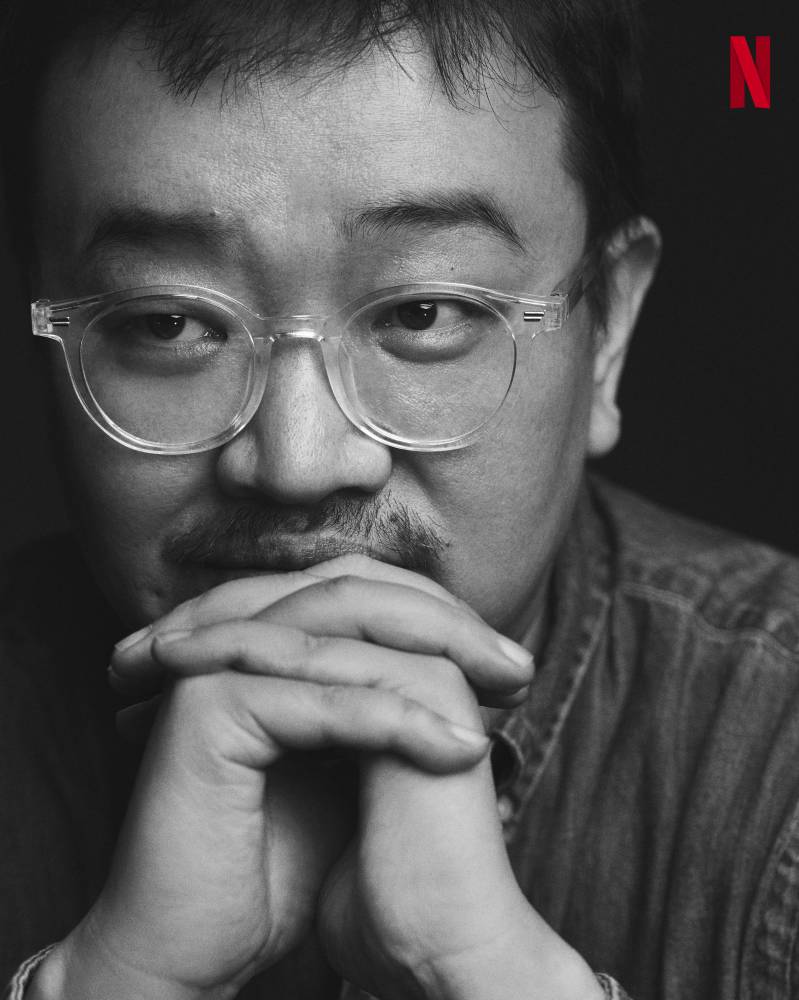
Since director Yeon’s previous productions were sometimes depicted to have taken place in the same “Yeoniverse”—like “Train to Busan” and “Peninsula”—he was asked if he could also imagine characters from “Parasyte: The Grey” crossing over to those of his past films.
“I also thought about this,” Sang-ho admitted, nodding. “I think it would be intriguing if the two worlds of ‘Parasyte’ and ‘The Cursed: Dead Man’s Prey,’ this drama series which I wrote for, would collide. It would be fun to have the two universes come together.
“It would also be interesting to see the main characters of each project interacting. In this case, that would be Su-in and Heidi meeting Baek So-jin (played by Jung Ji-so), the main character of ‘The Cursed.’ That crossover would be quite fun to watch!”
Since family is a significant theme in director Yeon’s works, it’s interesting to note how the series utilizes Su-in’s relationship with her abusive father and how that shaped her socially distant persona and listless lifestyle.
Musing on the idea of family, Sang-ho said, “Both ‘Parasyte’ and ‘Parasyte: The Grey’ are stories about coexistence. It’s about Su-in and Heidi, who coexist in a form that makes it more difficult for them to communicate than Shinichi and Migi. But Su-in’s view on life is slightly twisted because of her father’s abuses.
“In a way, the dysfunctional relationship within her family—the first ‘community’ that every person meets in the world—dominated Su-in, which is why she keeps to herself and doesn’t accept community right away. Having to coexist with Heidi in a bizarre way, Su-in suddenly gets to know the people in her midst who love her and, along the way, she realizes that she isn’t really alone.” INQ





